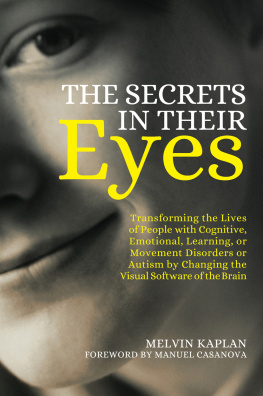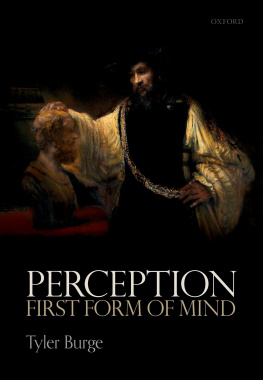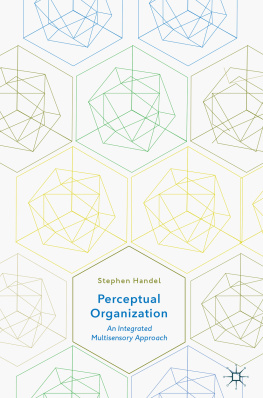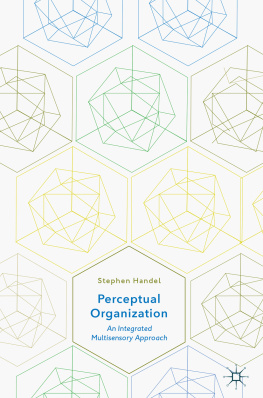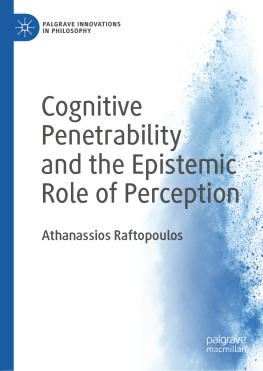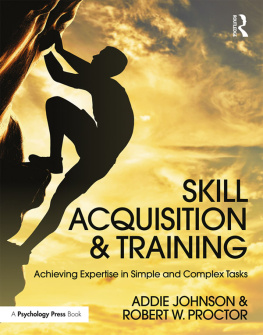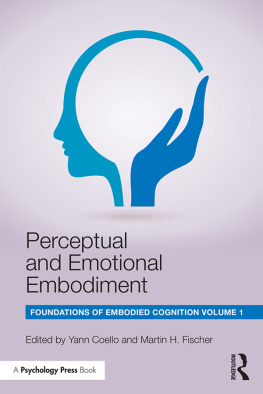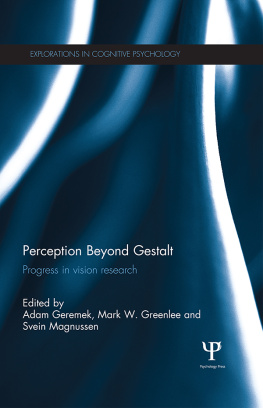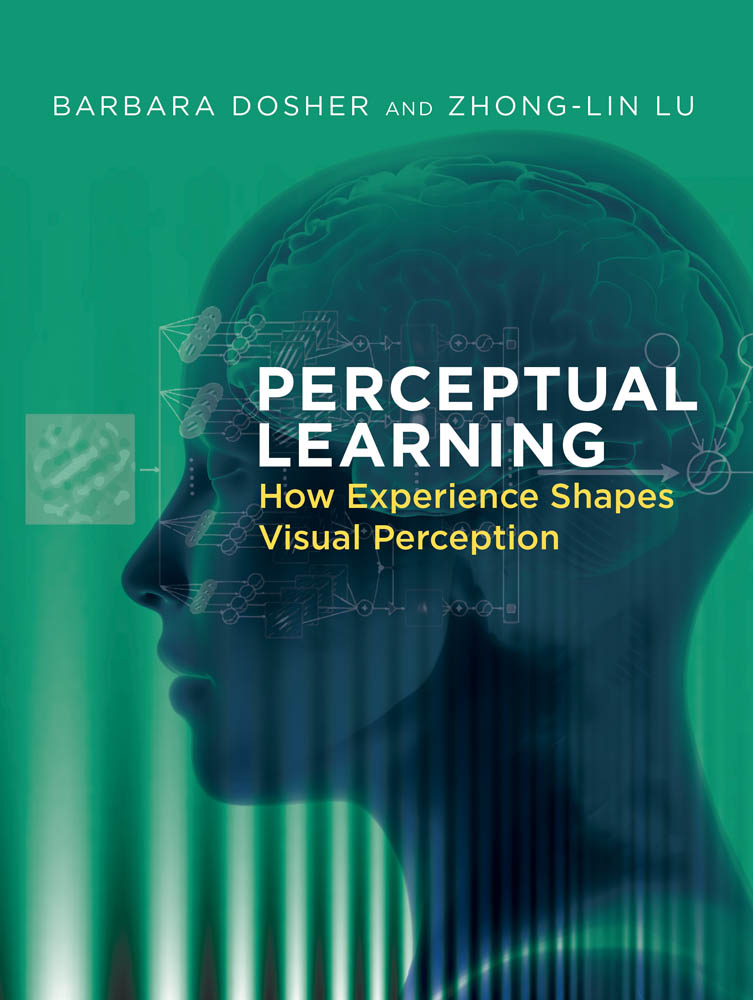Barbara Dosher - Perceptual Learning: How Experience Shapes Visual Perception
Here you can read online Barbara Dosher - Perceptual Learning: How Experience Shapes Visual Perception full text of the book (entire story) in english for free. Download pdf and epub, get meaning, cover and reviews about this ebook. year: 2020, publisher: The MIT Press, genre: Home and family. Description of the work, (preface) as well as reviews are available. Best literature library LitArk.com created for fans of good reading and offers a wide selection of genres:
Romance novel
Science fiction
Adventure
Detective
Science
History
Home and family
Prose
Art
Politics
Computer
Non-fiction
Religion
Business
Children
Humor
Choose a favorite category and find really read worthwhile books. Enjoy immersion in the world of imagination, feel the emotions of the characters or learn something new for yourself, make an fascinating discovery.

- Book:Perceptual Learning: How Experience Shapes Visual Perception
- Author:
- Publisher:The MIT Press
- Genre:
- Year:2020
- Rating:3 / 5
- Favourites:Add to favourites
- Your mark:
Perceptual Learning: How Experience Shapes Visual Perception: summary, description and annotation
We offer to read an annotation, description, summary or preface (depends on what the author of the book "Perceptual Learning: How Experience Shapes Visual Perception" wrote himself). If you haven't found the necessary information about the book — write in the comments, we will try to find it.
Practice or training in perceptual tasks improves the quality of perceptual performance, often by a substantial amount. This improvement is called perceptual learning (in contrast to learning in the cognitive or motor domains), and it has become an active area of research of both theoretical and practical significance. This book offers a comprehensive introduction to the phenomena and theories of perceptual learning, focusing on the visual domain.
Perceptual Learning explores the tradeoff between the competing goals of system stability and system adaptability, signal and noise, retuning and reweighting, and top-down versus bottom-down processes. It examines and evaluates existing research and potential future directions, including evidence from behavior, physiology, and brain imaging, and existing perceptual learning applications, with a focus on important theories and computational models. It also compares visual learning to learning in other perceptual domains, and considers the application of visual training methods in the development of perceptual expertise and education as well as in remediation for limiting visual conditions. It provides an integrated treatment of the subject for students and researchers and for practitioners who want to incorporate perceptual learning into their practice.Practice or training in perceptual tasks improves the quality of perceptual performance, often by a substantial amount. This improvement is called perceptual learning, in contrast with learning in the cognitive or motor domains. Perceptual learning has been a very active area of research of both theoretical and practical interest. Research on perceptual learning is of theoretical significance in illuminating plasticity in adult perceptual systems, and in understanding the limitations of human information processing and how to improve them. It is of practical significance as a potential method for the development of perceptual expertise in the normal population, for its potential in advancing development and supporting healthy aging, and for noninvasive amelioration of deficits in challenged populations by training. Perceptual learning has become an increasingly important topic in biomedical research. Practitioners in this area include science disciplines such as psychology, neuroscience, computer sciences, and optometry, and developers in applied areas of learning game design, cognitive development and aging, and military and biomedical applications. Commercial development of training products, protocols, and games is a multi-billion dollar industry. Perceptual learning provides the basis for many of the developments in these areas.
This book is written for anyone who wants to understand the phenomena and theories of perceptual learning or to apply the technology of perceptual learning to the development of training methods and products. Our aim is to provide an introduction to those researchers and students just entering this exciting field, to provide a comprehensive and integrated treatment of the phenomena and the theories of perceptual learning for active perceptual learning researchers, and to describe and develop the basic techniques and principles for readers who want to successfully incorporate perceptual learning into applied developments. The book considers the special challenges of perceptual learning that balance the competing goals of system stability and system adaptability. It provides a systematic treatment of the major phenomena and models in perceptual learning, the determinants of successful learning and of specificity and transfer. The book provides a cohesive consideration of the broad range of perceptual learning through the theoretical framework of incremental learning of reweighting evidence that supports successful task performance. It provides a detailed analysis of the mechanisms by which perceptual learning improves perceptual limitations, the relationship of perceptual learning and the critical period of development, and the semi-supervised modes of learning that dominate perceptual learning. It considers limitations and constraints on learning multiple tasks and stimuli simultaneously, the implications of training at high or low levels of performance accuracy, and the importance of feedback to perceptual learning. The basis of perceptual learning in physiology is discussed along with the relationship of visual perceptual learning to learning in other sensory domains. The book considers the applications of perceptual learning in the development of expertise, in education and gaming, in training during development and aging, and applications to remediation of mental health and vision disorders. Finally, it applies the phenomena and models of perceptual learning to considerations of optimizing training.
Barbara Dosher: author's other books
Who wrote Perceptual Learning: How Experience Shapes Visual Perception? Find out the surname, the name of the author of the book and a list of all author's works by series.

